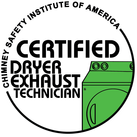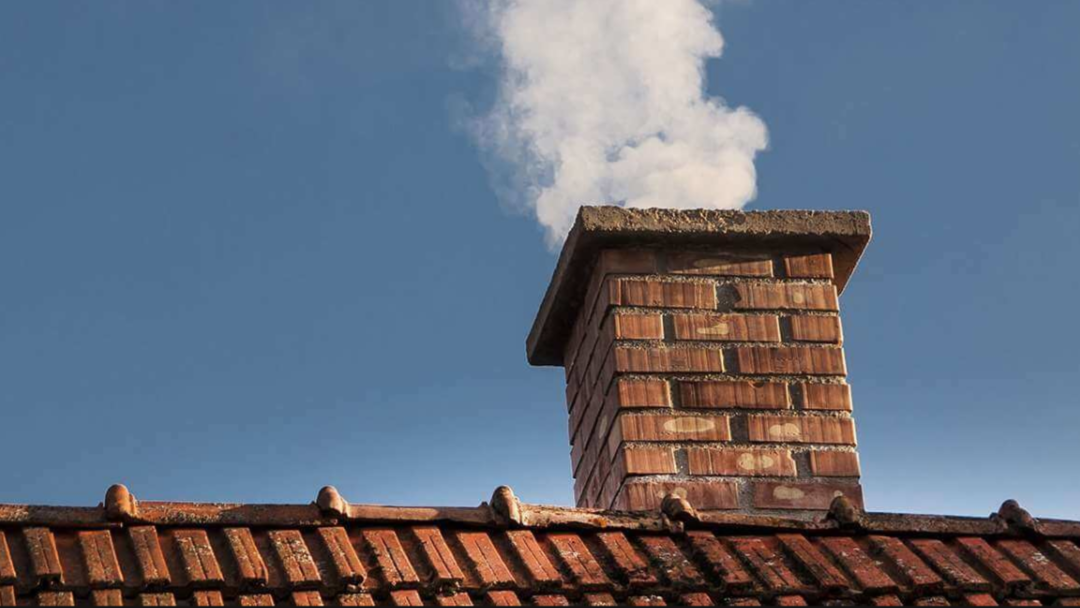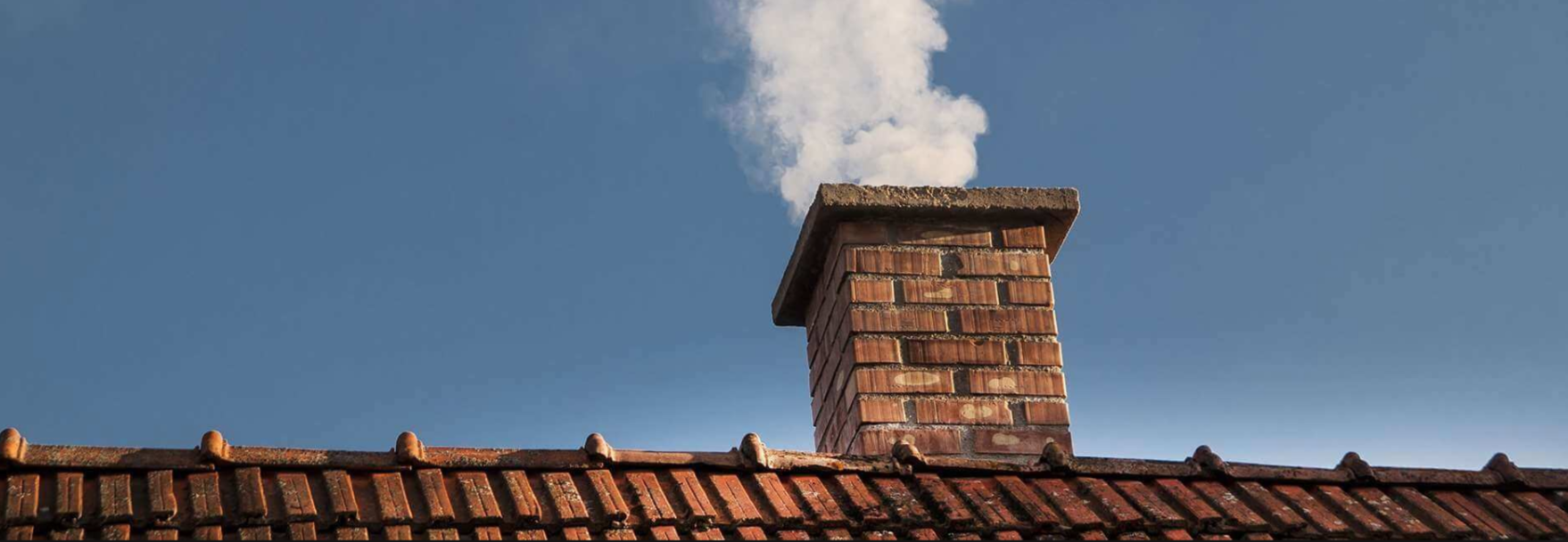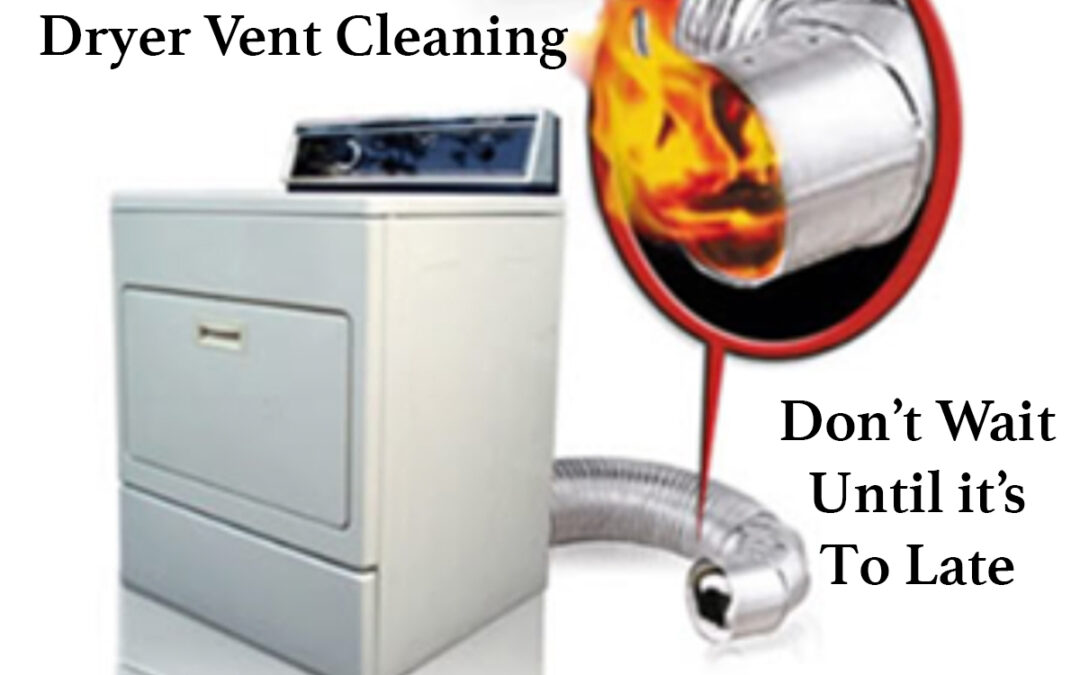
Preventing Dryer Vent Fires
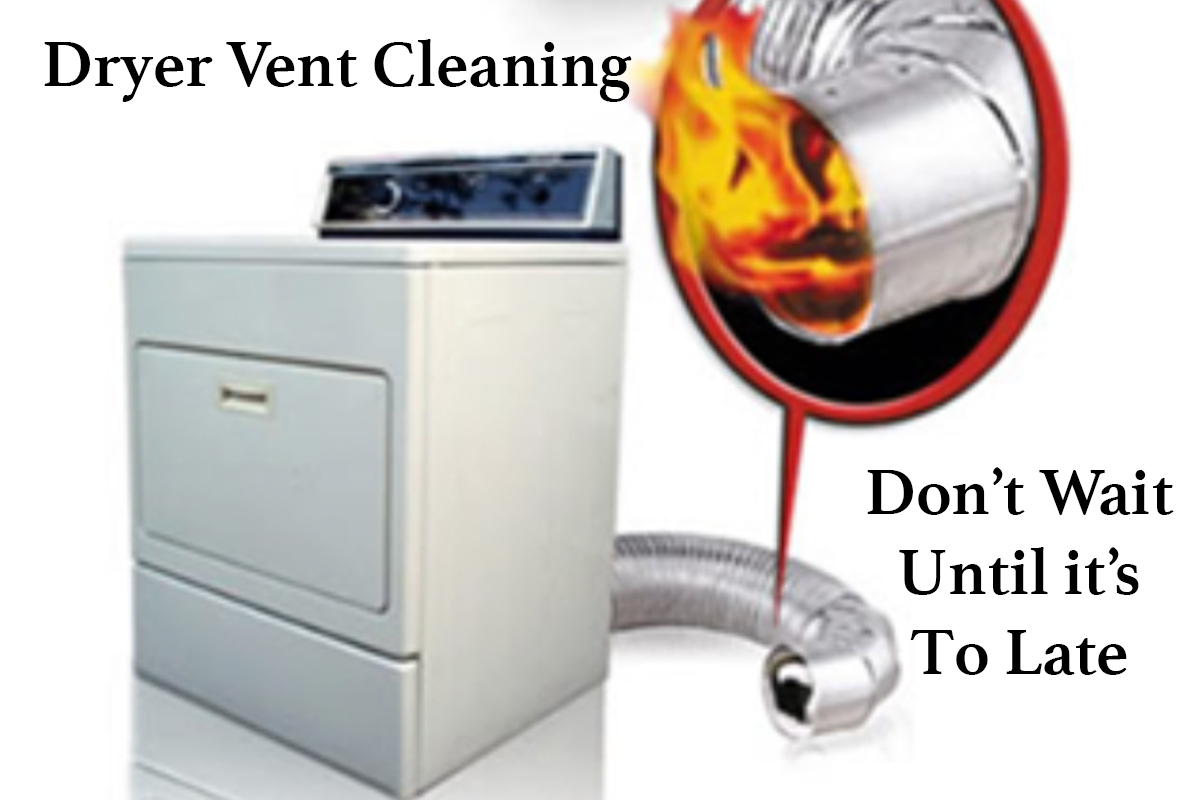
Why should my dryer vent be cleaned?
Dryer exhaust fires are quickly catching up to creosote (chimney) fires in frequency on a national level. In 1998, the most recent statistics available, the Consumer Product Safety Commission reports that over 15,600 dryer fires occurred killing 20 people, injuring 370 more and causing over $75.4 million in property damage. According to the CPSC, in most of these cases, the culprit was lint getting into the machine’s heating element, sparking and fueling a fire. Not surprisingly, some fire departments and insurance companies now require that dryer vents be inspected and cleaned regularly.
Facts about Dryer Vent Cleaning
- Your dryer vent needs to be cleaned to ensure proper airflow. This will result in:
reduced risk of fire hazard. - A clean dryer vent means significant savings on your utility bill.
- A clean dryer vent reduced the wear and tear of your clothes dryer.
- You may possibly qualify for a reduced home insurance premium.
Isn’t cleaning out my lint screen enough?
No. The lint screen is only the internal lint trap of the clothes dryer. The main concern is the flexible hose attached to the back of your clothes dryer which usually vents outside your home. This is where most of the lint builds up over time and reduces airflow.
How often should my vent be cleaned?
Some dryer vents require cleaning twice a year. Most dryer vents should be cleaned at least once a year. Some vents require more than the average dryer. Below are some factors that affect how often your vent should be serviced:
- number of loads the dryer is used for;
- the type of items the dryer is mainly used for;
- the age of dryer;
- length of dryer vent;
- amount of turns in venting.
Hiring a professional is highly recommended. Unlike other home improvement jobs, the difference here between do-it-yourself and hiring a professional could be as drastic as life and death. We have state of the art equipment like the ROVAC professional dryer vent cleaning system and Rovac 405CFM Hepa Vacuum that enables us to get the hard to reach places that may be less visible to a homeowner without the proper tools.
How long does the cleaning take?
Standard cleanings require one hour. Unexpected complications may need additional time.
Warning Signs
(Any one of these could be an indication of a potential fire hazard.)
- Are your clothes taking longer than 1 cycle or 30 minutes to dry?
- Does the top of your dryer get too hot to the touch?
- Does the outdoor vent flap open when the dryer is on?
- Is lint collecting on the inside of the dryer door?
- Does the vent air flow seem restricted?
Gas Dryers
Gas dryers carry the extra concern of carbon monoxide poisoning. If your dryer vent’s airflow is blocked by lint, CO gases are restricted and cannot properly exit the house. Carbon monoxide is a colorless and odorless gas and can be fatal too.
Did You know?
Most dryers are running at or below (or far below) 30% of normal operating efficiency! No wonder your clothes are not drying anymore!
For additional help or if you have any questions feel free to contact us at 406-599-4919 or call your local Certified Dryer Vent Cleaner.
Don’t wait. Get your dryer vent cleaned now before it is too late!
